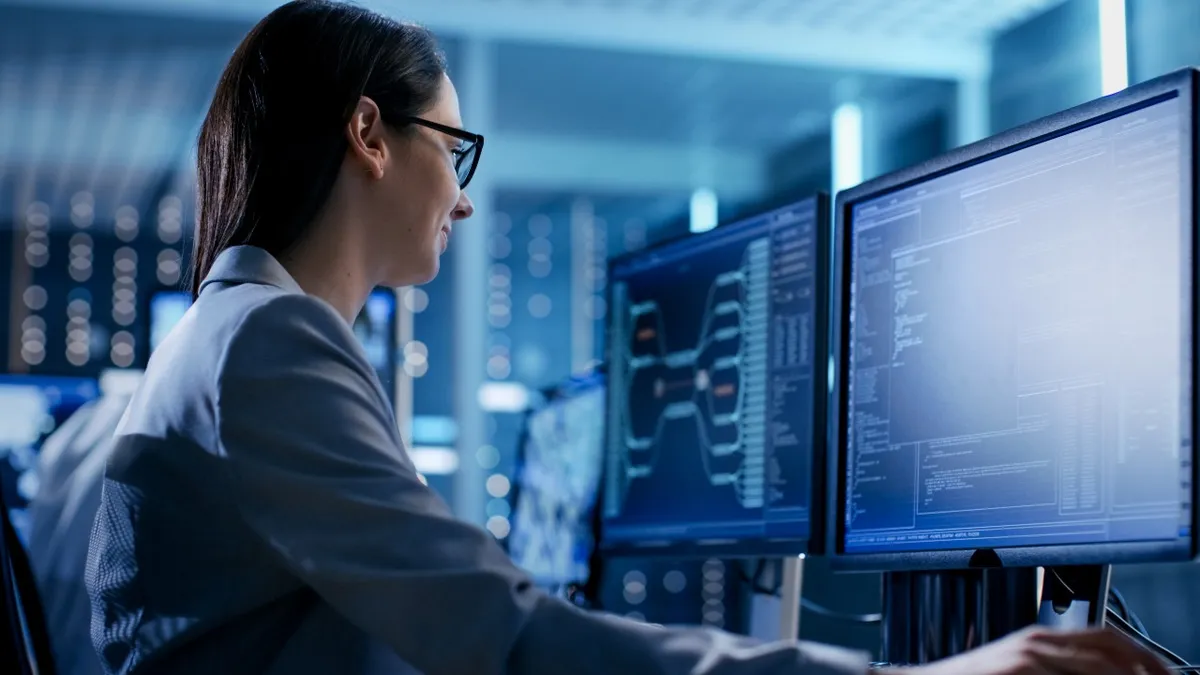This is an opinion piece written by Christian Titze, vice president analyst at Gartner. Opinions are the author's own.
Control towers are the artificial intelligence (AI) of supply chain. Everyone wants to have it, but nobody quite knows how it works. Supply chain leaders see the term in vendor presentations, usually connected with the promise that a control tower will make the supply chain better, faster and smarter. Usually not included: There is no uniform market description of what a control tower is, or what a "good" control tower does.
This situation naturally has led to confusion among possible supply chain industry buyers, and is more than enough reason to take a close look at the fundamentals.
What is a control tower?
The term "control tower" means many things to many people, which already constitutes a major challenge. There are no standardized requirements or obligatory capabilities.
A typical application possesses capabilities, such as providing end-to-end, data-driven insights together with value-add functions — including impact analysis or scenario modeling — and can detect e.g. capacity and inventory shortages. Apart from those foundational features, buyers are now asking for AI capabilities that enable automation and augmentation of supply chain decisions for both supply chain planning and execution.
Gartner defines "control towers" as a concept combining five elements — people, process, data and organization supported by a set of technology-enabled capabilities for transparency and coordination.
Control towers are popular because they are marketed as the solution for stitching together complex and siloed supply chains, thus providing more visibility and insights into the overall performance. Buyers hope for more transparency and better coordination that will ultimately result in lower costs and higher efficiency.
What can a supply chain organization do with a control tower?
Ideally, a control tower utilizes data to create insights and enables its users to make smarter decisions. It is the entry point for all relevant people with a supply chain mandate, which also makes it the starting point for all decision-making. A good control tower allows its users to:
-
Sense: Get real-time, end-to-end supply chain visibility
-
Analyze: Understand and leverage incoming signals
-
Predict: Utilize advanced analytics for predictions and prescriptions
-
Solve: Do exception management and scenario modeling
-
Execute: Leverage a collaborative intelligent response framework
-
Learn: Continuously learn, sense and respond
When is the right time to invest?
A control tower only makes sense when the supply chain organization already has a certain degree of cross-functional integration in place — internally and with business partners. Otherwise, the tower won’t be able to observe enough signals to support accurate decision-making.
How do you deploy a control tower?
There are three possible ways: outsource to a provider, build your own through a data lake or — this is the most common one — subscribe to a supply chain management platform that has the desired capabilities.
What a lot of supply chain organizations don’t know is that control tower capabilities might already be a part of their core business system.
For example, most modern planning systems provide end-to-end planning visibility in near real time — exactly what is needed to conduct planning scenarios and make decisions. The same might be the case for execution systems that provide visibility into the operating business ecosystem. To use those existing tools, organizations must only sense the signals across the business ecosystem to obtain relevant insights needed for analysis and intelligent decision-making.
In the end, the same rules apply to control towers as to every technology. Supply chain leaders must have a clear understanding of what it is they need and carefully review what the vendor is providing now and is planning to provide in the future in order to make the best choice for their business.














